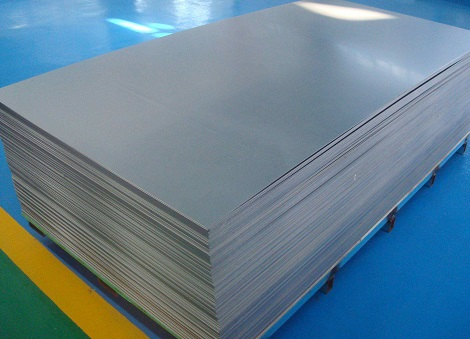Hastelloy is a Ni-Mo alloy with extremely low carbon and silicon content, which reduces the precipitation of carbides and other phases in the weld and heat-affected zones, thereby ensuring good weldability even in the welded state. Corrosion resistance. As we all know, Hastelloy has excellent corrosion resistance in various reducing media, and can withstand the corrosion of hydrochloric acid at any temperature and any concentration under normal pressure. It has excellent corrosion resistance in medium-concentration non-oxidizing sulfuric acid, various concentrations of phosphoric acid, high-temperature acetic acid, formic acid and other organic acids, bromic acid and hydrogen chloride gas. At the same time, it is also resistant to corrosion by halogen catalysts. Therefore, Hastelloy is usually used in a variety of harsh petroleum and chemical processes, such as distillation and concentration of hydrochloric acid; alkylation of ethylbenzene and low-pressure carbonylation of acetic acid and other production processes. However, it has been found in the industrial application of Hastelloy for many years:
(1) There are two sensitization zones in Hastelloy alloy that have a considerable impact on the resistance to intergranular corrosion: the high temperature zone of 1200~1300°C and the medium temperature zone of 550~900°C;
(2) Due to the dendrite segregation of the weld metal and the heat-affected zone of the Hastelloy alloy, intermetallic phases and carbides precipitate along the grain boundaries, making them more sensitive to intergranular corrosion;
(3) Hastelloy has poor thermal stability at medium temperature. When the iron content in the Hastelloy alloy falls below 2%, the alloy is sensitive to the transformation of the β phase (that is, the Ni4Mo phase, an ordered intermetallic compound). When the alloy stays in the temperature range of 650~750℃ for a little longer, the β phase is formed instantly. The existence of β phase reduces the toughness of Hastelloy alloy, making it sensitive to stress corrosion, and even causes Hastelloy alloy Overall heat treatment) and Hastelloy equipment cracking in the service environment. At present, the standard test methods for the intergranular corrosion resistance of Hastelloy alloys designated by my country and other countries in the world are the normal pressure boiling hydrochloric acid method, and the evaluation method is the weight loss method. Since Hastelloy is an alloy resistant to hydrochloric acid corrosion, the normal pressure boiling hydrochloric acid method is quite insensitive to test the intergranular corrosion tendency of Hastelloy. Domestic scientific research institutes use high-temperature hydrochloric acid method to study Hastelloy alloys and found that the corrosion resistance of Hastelloy alloys depends not only on its chemical composition, but also on its thermal processing control process. When the thermal processing process is improperly controlled, not only the crystal grains of Hastelloy alloys grow, but also the σ phase with high Mo will be precipitated between the grains. , the grain boundary etching depth of the coarse-grained plate and the normal plate is about double.

Post time: May-15-2023




